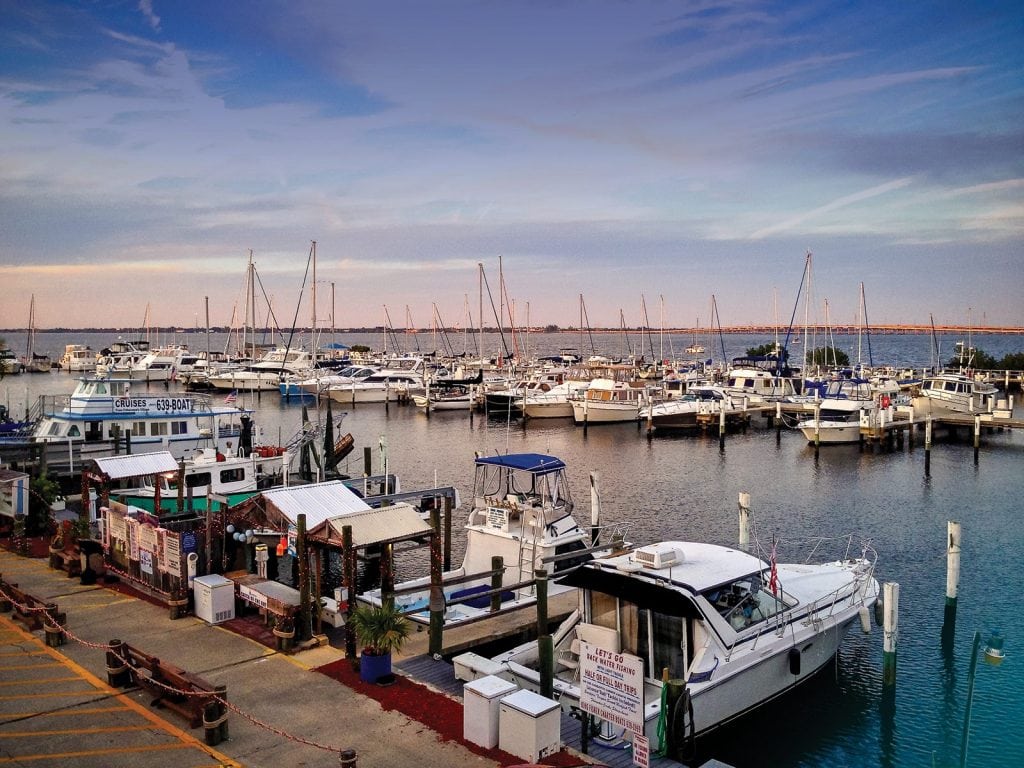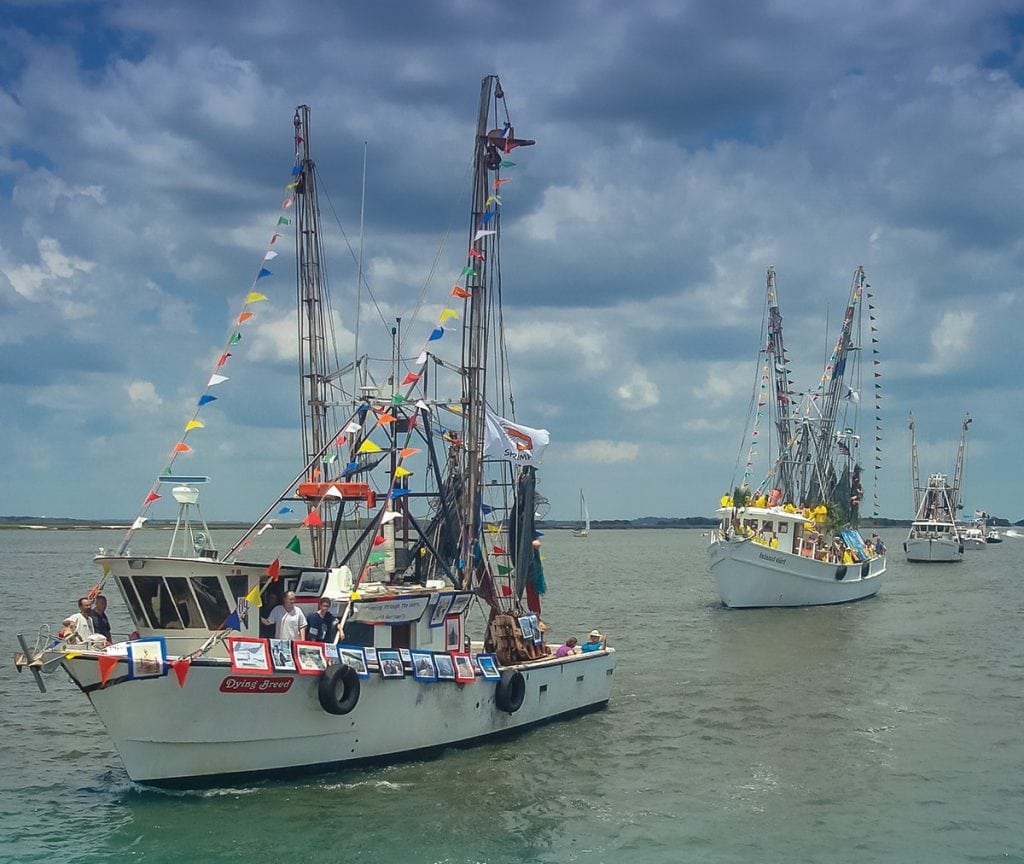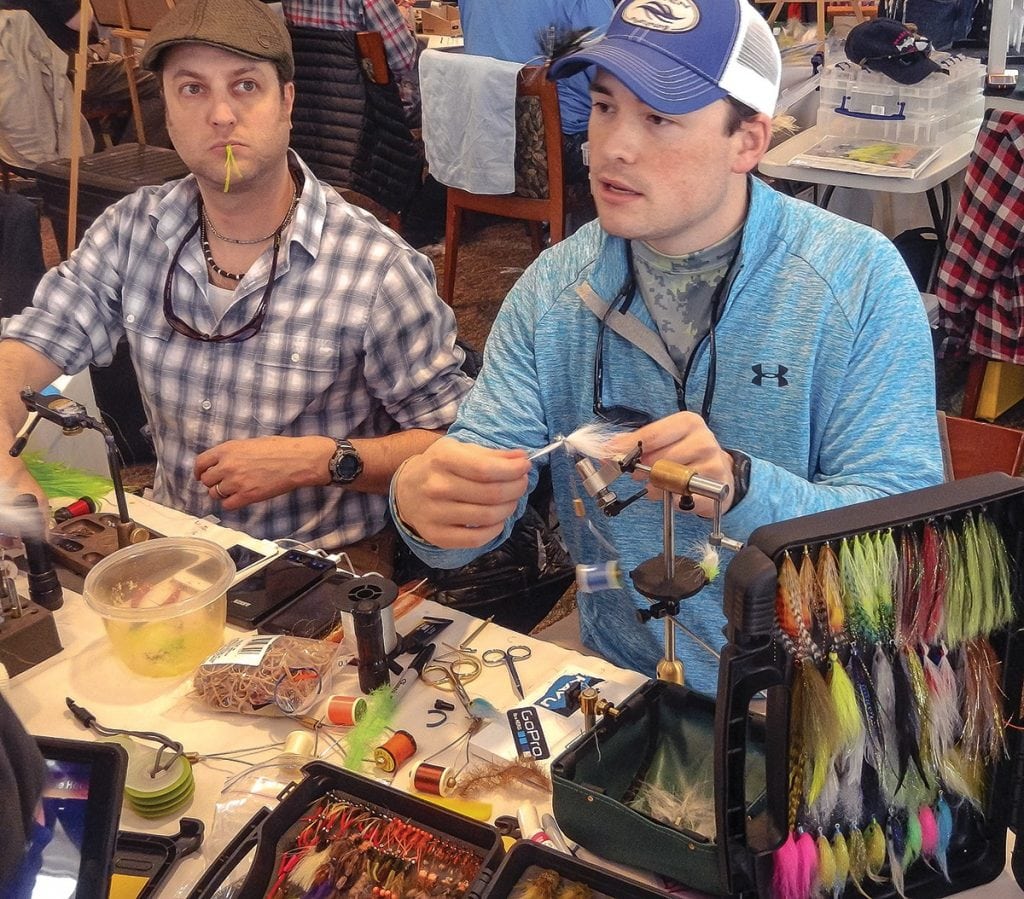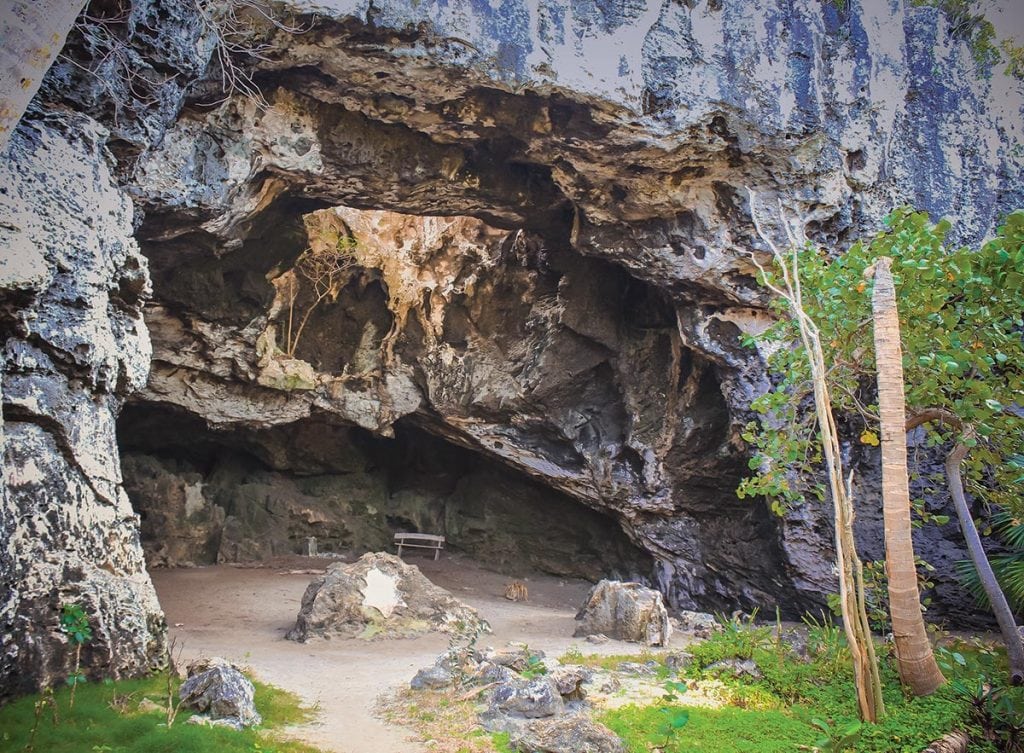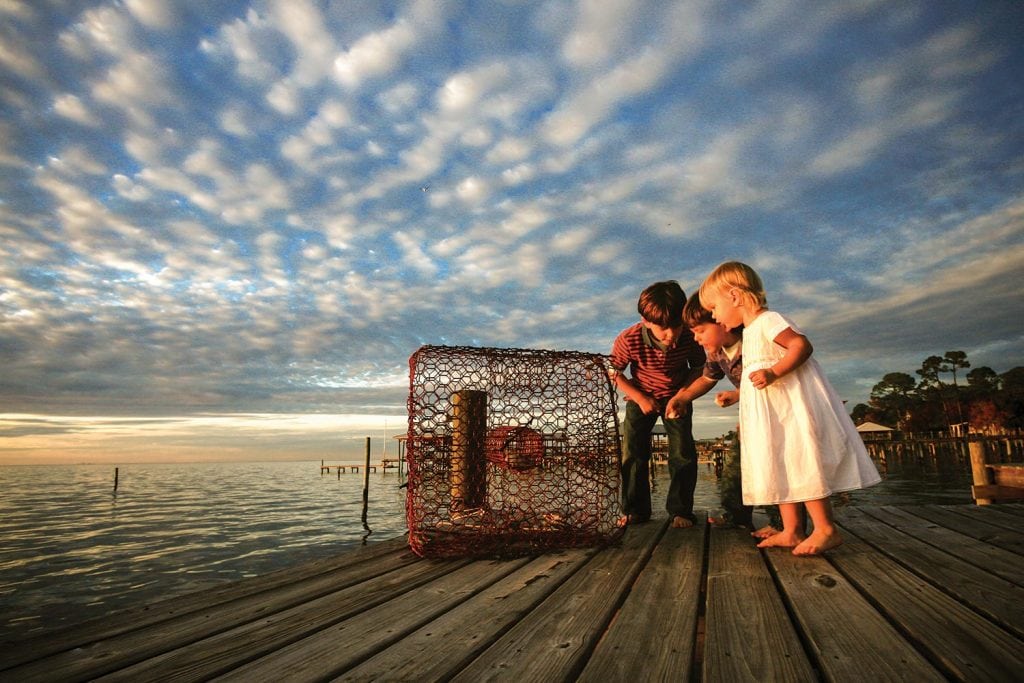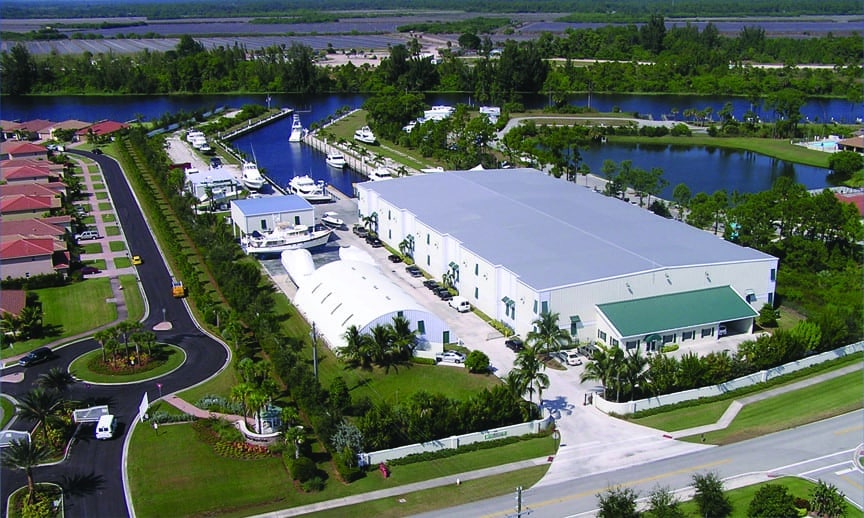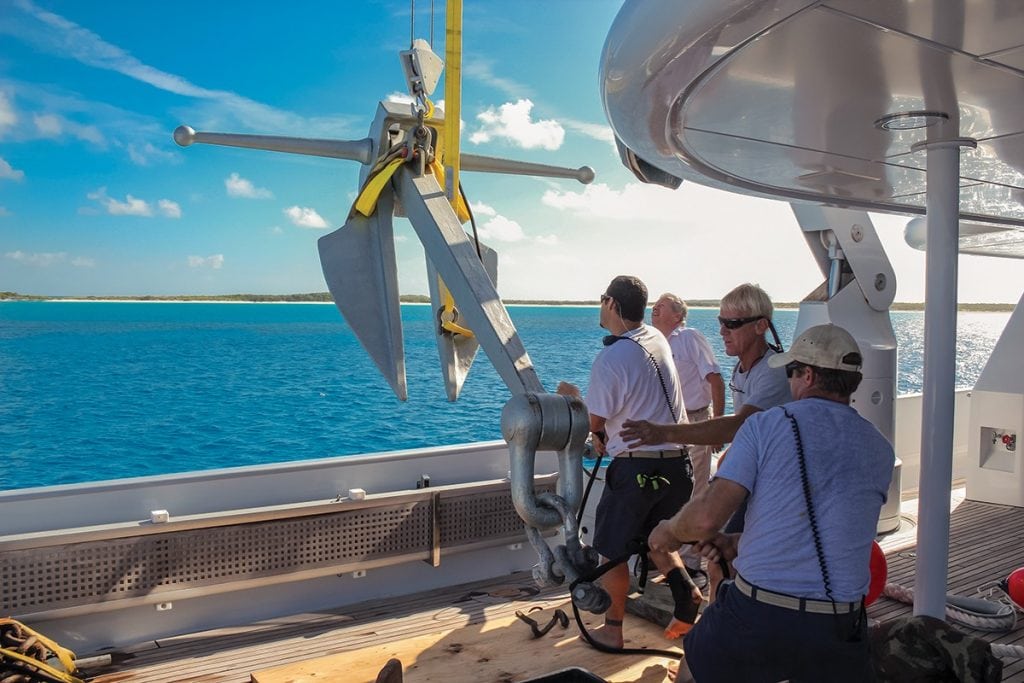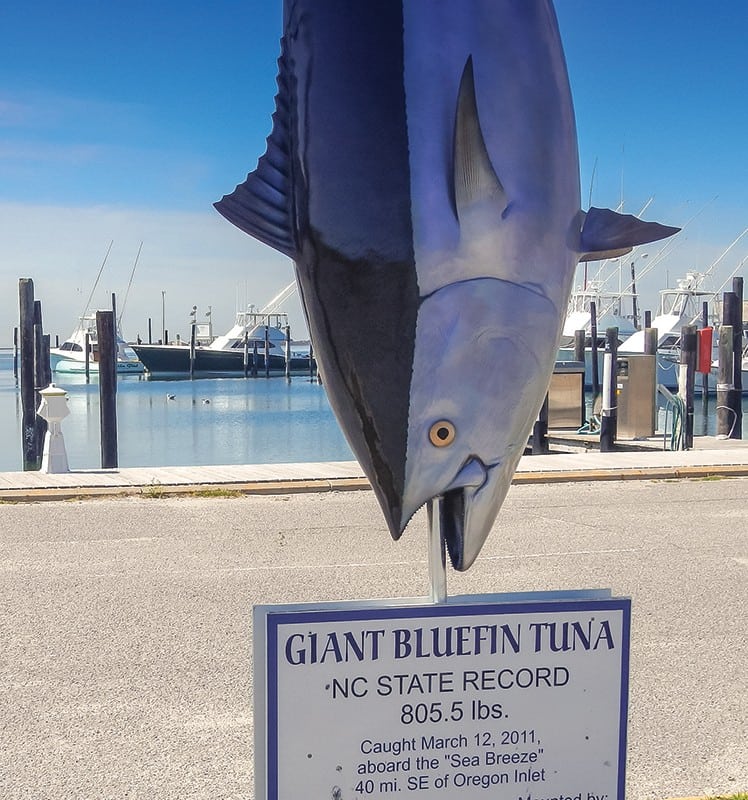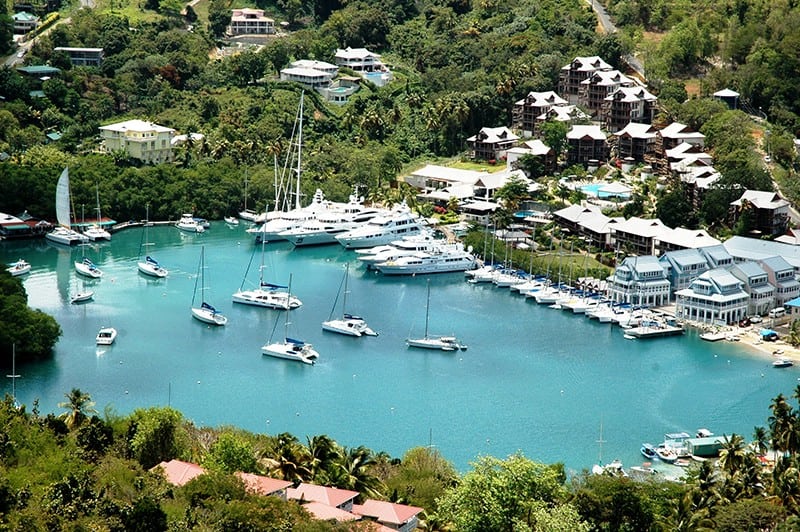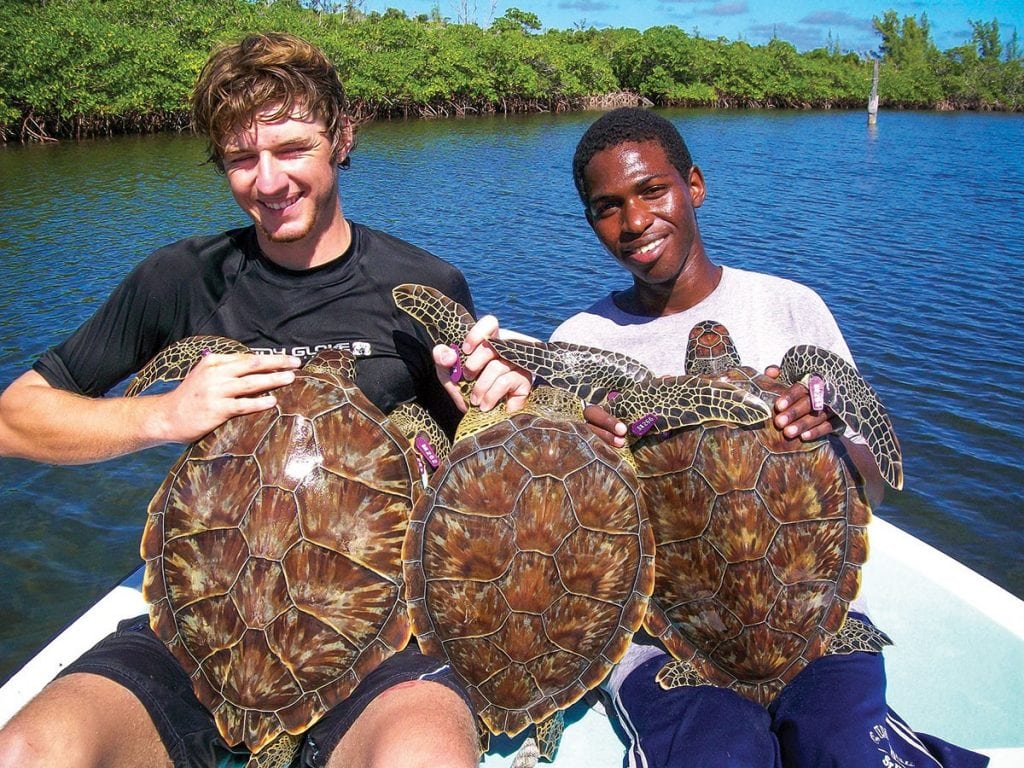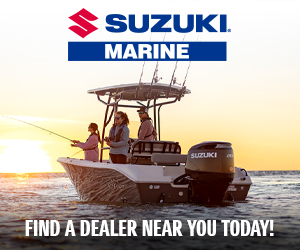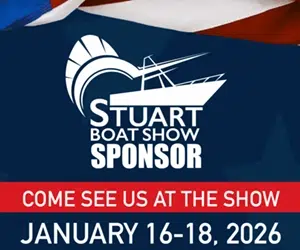Destinations
Destinations: Looking for information for your next cruising destinations? Whether you’re planning a sail in the Caribbean or summering in Newport, our destinations resources will help you plan the perfect excursion. Our expansive cache of destination information includes Monthly regional reports filled with seasonal tips and travel itineraries, Local knowledge on great boating locales, Cruiser resources—complete with photos, Insider tips, marina information and more!
Boat to Baseball
Pack your baseball glove, team shirt and cap, and plan your spring boating to coincide with spring training! Boat owners...
Read moreDetailsPort Charlotte, Florida
Charlotte Harbor on Florida’s Gulf Coast will have you planning a return trip before you even leave. Everyone loves a...
Read moreDetailsPalm Beach Town Docks, Palm Beach, FL
The rich atmosphere of Palm Beach, Florida, attracts cruisers from around the world with its fine dining, fabulous shopping and...
Read moreDetailsUpgrades in the Carolinas
New owners purchased the historic River Forest Manor and Marina in Belhaven, North Carolina, in October with renovations in mind....
Read moreDetails“Tie One On” at Prospect Bay
Anglers interested in learning successful techniques and materials used in fly fishing have a unique opportunity to see some of...
Read moreDetailsPreacher’s Cave brings history to life
Bahamian history buffs must visit Preacher’s Cave in North Eleuthera. Standing inside the cave leads you to imagine the Eleutheran...
Read moreDetailsFairhope, Alabama
A Welcome Respite Beneath sprawling moss-draped oaks with their seconds standing by as witness, two sailors from New Orleans marched...
Read moreDetailsRiver Forest Yachting Centers, Stuart, FL
River Forest Yachting Centers provide discriminating boat owners with luxurious, secure, long and short-term storage for boats from 24' to...
Read moreDetailsConception Island National Park adds convenient new yacht moorings.
To ensure that large yachts can safely moor in Conception Island National Park without damaging coral, the Bahamas National Trust (BNT)...
Read moreDetailsThe south Texas coast launches a new draw for curious cruisers.
The Laguna Madre is an unheralded and stunning cruising ground running along most of the 367 miles of Texas’ coastline. Lined...
Read moreDetailsSouth Florida amps up the marinas.
St. Augustine Municipal Marina is now the second Clean and Resilient Marina in Florida. The Florida Department of Environmental Protection...
Read moreDetailsNew app records your catch and helps manage fish in Maryland.
Oregon Inlet bid process delayed The bidding process for a 10-year contract to run the Oregon Inlet Fishing Center on...
Read moreDetailsHistoric Naples, Florida
Naples, Florida offers a bit of the old and new to visiting cruisers. Naples, Florida, is and always has been...
Read moreDetailsCapella Marina at Marigot Bay, Saint Lucia
Hospitality is the primary goal of the Capella Marina at Marigot Bay with dedicated staff on hand around the clock....
Read moreDetailsBahamas websites, blogs and social networks keep cruisers connected.
.The Internet now offers safety, information and a sense of community to cruisers in The Bahamas. Many cruising websites provide...
Read moreDetails


